In today’s digital age, integrating technology into the classroom is not just an option, but a necessity. One effective way to do this is through interactive activities that engage students and make learning fun. One such activity is the drag-and-drop exercise, which can be easily created using Google Slides.
Google Slides, a versatile and user-friendly tool, is typically thought of as just a presentation tool. Since it is so easy to use however, it allows educators to design a variety of interactive activities that cater to different learning styles and needs. These activities can range from matching vocabulary words to definitions, sequencing events, categorizing items, solving math problems, and labeling diagrams. The possibilities are endless!
Using drag-and-drop activities in your teaching arsenal offers several benefits. They are engaging and interactive, encouraging students to actively participate in the learning process. They also provide a unique way to assess student understanding, offering immediate feedback and opportunities for differentiated instruction.
Below we explore the value of using Google Slides for creating drag-and-drop activities, the importance of varying your assessment strategies, and share some customizable templates that you can use in your classroom. Whether you are a tech-savvy teacher or just getting started with digital tools, you’ll find that Google Slides is a powerful ally in creating a dynamic and inclusive learning environment.
Value of Using Google Slides
Google Slides is an intuitive and user-friendly tool that doesn’t require extensive technical skills. Both teachers and students can quickly learn to create and interact with drag-and-drop activities. The simple drag-and-drop interface makes it easy to move elements around, fostering a hands-on learning experience.
And because Google Slides is accessible from any device with an internet connection, including computers, tablets, and smartphones, students aren’t limited to just using a shared classroom laptop. This accessibility ensures that students can participate in activities whether they are in the classroom or learning remotely. Additionally, Google Slides offers various accessibility features, such as screen reader support and keyboard shortcuts, making it inclusive for all students.
Value of Drag-and-Drop Activities
Drag-and-drop activities are highly engaging and interactive, capturing students’ attention and encouraging active participation. They cater to kinesthetic learners by incorporating physical movement, which can enhance understanding and retention. These activities also offer flexibility for differentiation, allowing teachers to tailor tasks to varying levels of difficulty and meet diverse student needs. By providing immediate feedback, drag-and-drop exercises help students quickly identify and correct mistakes, reinforcing learning in real-time.
Consider scaffolding so that students observe completed diagrams/models before moving to drag-and-drop activities. Afterwards, you can have students draw and label the diagrams themselves without the needed supports provided in drag-and-drop activities.
In addition to these benefits, drag-and-drop interactives foster critical thinking and problem-solving skills as students analyze information and make decisions to complete tasks. They promote collaboration when used in group settings, encouraging teamwork and peer learning. These activities also break up the monotony of traditional instruction, making learning more dynamic and enjoyable. By integrating these tasks, educators can create a more engaging and effective learning environment that supports skill development and enhances overall student achievement.
Varying assessment strategies in the classroom is essential to accommodate the diverse learning styles and abilities of students. Traditional tests and quizzes may not accurately reflect every student’s understanding or potential. By incorporating a range of assessment methods—such as formative assessments, project-based learning, interactive activities, and peer evaluations—teachers can gain a more comprehensive view of student progress. Diverse assessments also keep students engaged and motivated, as they provide multiple ways to demonstrate knowledge and skills. This approach fosters a more inclusive and equitable learning environment, ensuring that all students have the opportunity to succeed and that instruction can be tailored to address their unique needs.
Looking for Drag-and-Drop Inspiration
When creating drag-and-drop activities, teachers can draw inspiration from various sources like game boards and graphic organizers. Game boards, with their clear and structured layouts, can be easily adapted into engaging educational activities. Consider classic board games such as Scrabble or Memory Match, where students can drag letters to form words or match pairs to reinforce vocabulary. Similarly, graphic organizers like Venn diagrams, flowcharts, and T-charts are excellent for visually organizing content, helping students categorize and sequence information. For instance, you can design a Venn diagram activity where students drag items into the appropriate circles to compare and contrast concepts. By examining how these tools organize information, you can replicate similar structures in your drag-and-drop activities, making them visually appealing and effective for student understanding and retention. So, don’t hesitate to draw inspiration from these familiar formats to create dynamic and interactive learning experiences for your students. A few sites to consider exploring include The Teacher Toolkit, HMH Free Graphic Organizer Templates, Canva Graphic Organizer Templates, and just searching for graphic organizer images.
If your slide is going to have a diagram, such as parts of an animal cell, life cycle of a butterfly, or other instance in which students will drag-and-drop words to designate part of an image, consider searching images for ideas. Begin by searching for your term (i.e.: parts of an animal cell). If you are using Chrome, click on Images and then the Tools button. Next click on Color and choose Black and White. Here you should find many ideas of how to organize your drag-and-drop slide to accommodate the learning activity. Here are sample search results for parts of an animal cell, life cycle of a butterfly, parts of a flower, regions of Texas, and the chemical structure for glucose..
Steps to Creating Drag-and-Drop Activities
Creating drag-and-drop activities in Google Slides is straightforward and can be a fun way to engage your students. Here’s a step-by-step guide to help you get started:
Step 1: Set Up Your Google Slide
Setting up your Google Slide is quick and easy. If you plan ahead, you can reuse the slide for many different drag-and-drop activities.
- Open Google Slides and start a new presentation. Or, just go to http://slides.new.
- Choose a blank slide to have a clean canvas to work on.
- Title your slide to indicate the type of activity (e.g., “Vocabulary Matching Activity”).
- Consider adding related graphics and images to the title slide. Use sites such as Pixabay and Pexels if you need free images. Or, if you have a Canva for Education account, search for related images within their repository.
Step 2: Design Your Activity Background
Create a visually appealing and organized layout for your activity. You can use shapes, text boxes, and lines to guide where students will place the draggable items.
- Go to the “Background” option in the toolbar and select “Choose image” to add a background image if needed. This can be a grid, a diagram, or any relevant image.
- You can also use shapes, text boxes, and lines to design the background directly on the slide. For example, create boxes where students will drag and drop items.
- In step 5 below you’ll make it so these items are one static image and cannot be moved or rearranged.
Step 3: Add the Drag-and-Drop Items
Incorporate the elements that students will interact with, such as text boxes or images. Make sure these items are clearly labeled and easy to move.
- Insert the objects that students will drag and drop. These can be text boxes, images, shapes, or a combination.
- To add text, click on the “Text box” tool, click on the slide where you want to add text, and type in your content.
- To add images or shapes, use the “Insert” menu and choose the appropriate option. Resize and position these items as needed.
- You may want to group each text box on a shape or set the background of each text box so it stands out.
Step 4: Make Objects Movable
Ensure the draggable objects are separate from the background so they can be easily manipulated. This setup allows for a smooth drag-and-drop experience.
- Select the objects you want to be draggable by clicking on them.
- Ensure these objects are not part of the background. They should be separate elements that can be moved around on the slide.
- If there is not enough space on the slide itself, consider moving draggable words/content off to the side of the slide.
Step 5: Lock the Background Elements
To keep your background intact, convert it into a static image. This prevents students from accidentally moving parts of the layout.
- To prevent background elements from being moved accidentally, create the background layout in a separate slide.
- Download this slide as an image (File > Download > PNG or JPEG).
- Create a new blank slide and set the downloaded image as the background (Background > Choose image).
- Alternatively, you can create the background elements using the Theme Building (View → Theme Builder), This would still allow you to edit the slide at a later date. When students are viewing the slide, though, items would appear to be locked.
Step 6: Provide Instructions
Include clear and concise instructions to guide students through the activity. Good directions help students understand the task and reduce confusion.
- Add a text box at the top or side of the slide with clear instructions for the activity. For example, “Drag each word to its correct definition.”
- Use concise and straightforward language to ensure students understand the task.
Step 7: Share with Students
Distribute the Google Slides presentation to your students, making sure they have the appropriate permissions to interact with the activity. Using platforms like Google Classroom can streamline this process.
- Once your activity is ready, share the Google Slides presentation with your students.
- Make sure to change the sharing settings to “Anyone with the link can edit” if you want them to interact directly with the slide.
- Alternatively, you can assign the slide via Google Classroom or another learning management system.
Step 8: Practice and Adjust
Test the activity yourself to identify any issues and refine it based on your findings. Student feedback can also provide valuable insights for improvement.
- Before using the activity with your students, test it yourself to ensure everything works as expected.
- Be prepared to make adjustments based on your observations or student feedback to improve the activity.
Drag-and-Drop Activity Templates for You
To help you get started, we’ve created a collection of customizable drag-and-drop activity templates that you can easily adapt for your classroom. These templates include a variety of activities such as vocabulary matching, sequencing events, categorizing items, solving math problems, and labeling diagrams. Simply copy the template you need, tweak it to fit your specific lesson, and you’re ready to engage your students with interactive and meaningful learning experiences.You can access the editable Google Slides template here.
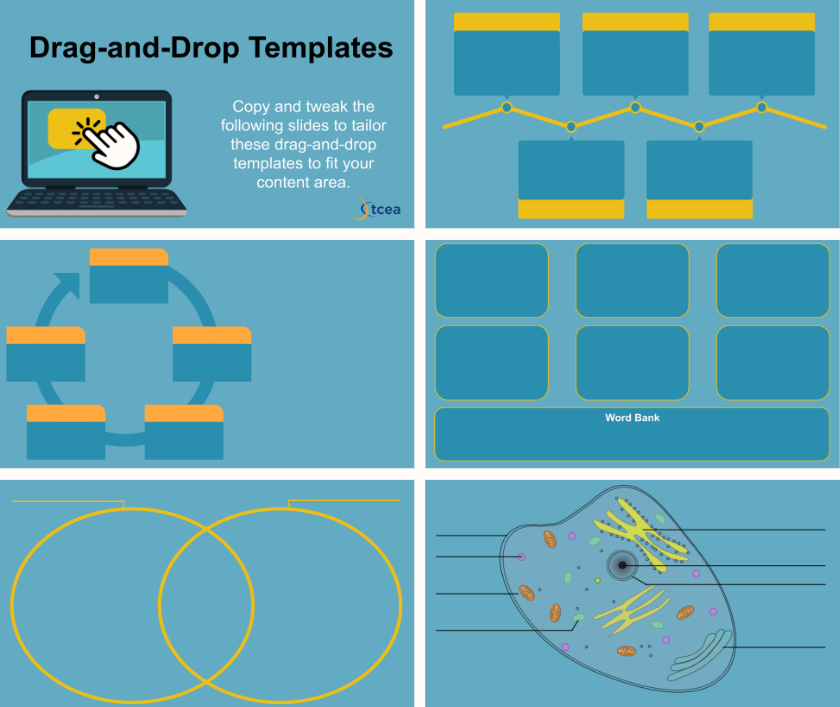
Here is a drag-and-drop activity that has been created for fifthth grade social studies. Additional slides in the Theme Builder have been deleted while others have been added that are relevant to this activity. In this activity, students are expected to become secret agents to correct a timeline that has been messed up by a historical villain. After researching to correct the mistake, they work to find out other important information to complete the slide deck. When done, they present their findings to their team to successfully correct the error in history. The main image (excluding the words) was created in Ideogram (log in in see the actual image and prompt).

Drag-and-drop activities can be used for most content areas and in many grade levels. How you tweak it for second graders will differ from using drag-and-drop with high school students. And, as you include it as part of an assignment (as opposed to the complete assignment), students will find it to be a helpful learning aid as they solidify their understanding of the content they are studying.
Do you already use drag-and-drop activities in your classroom? If so, please share with us and let others know how you set your activities up and what students like most about them!


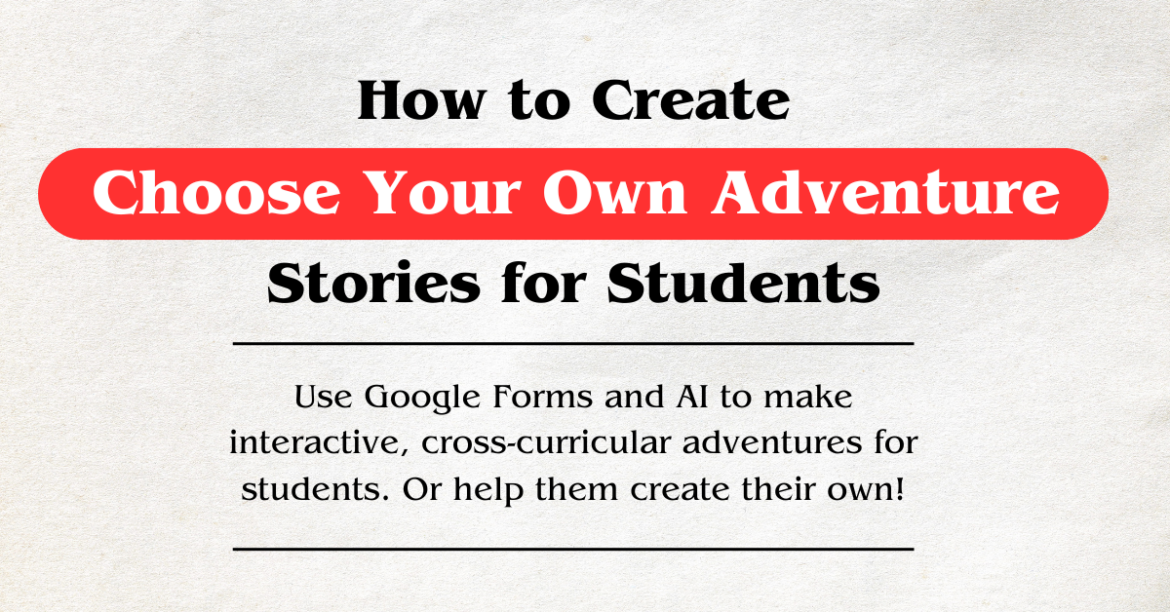
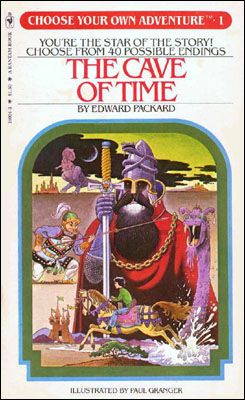

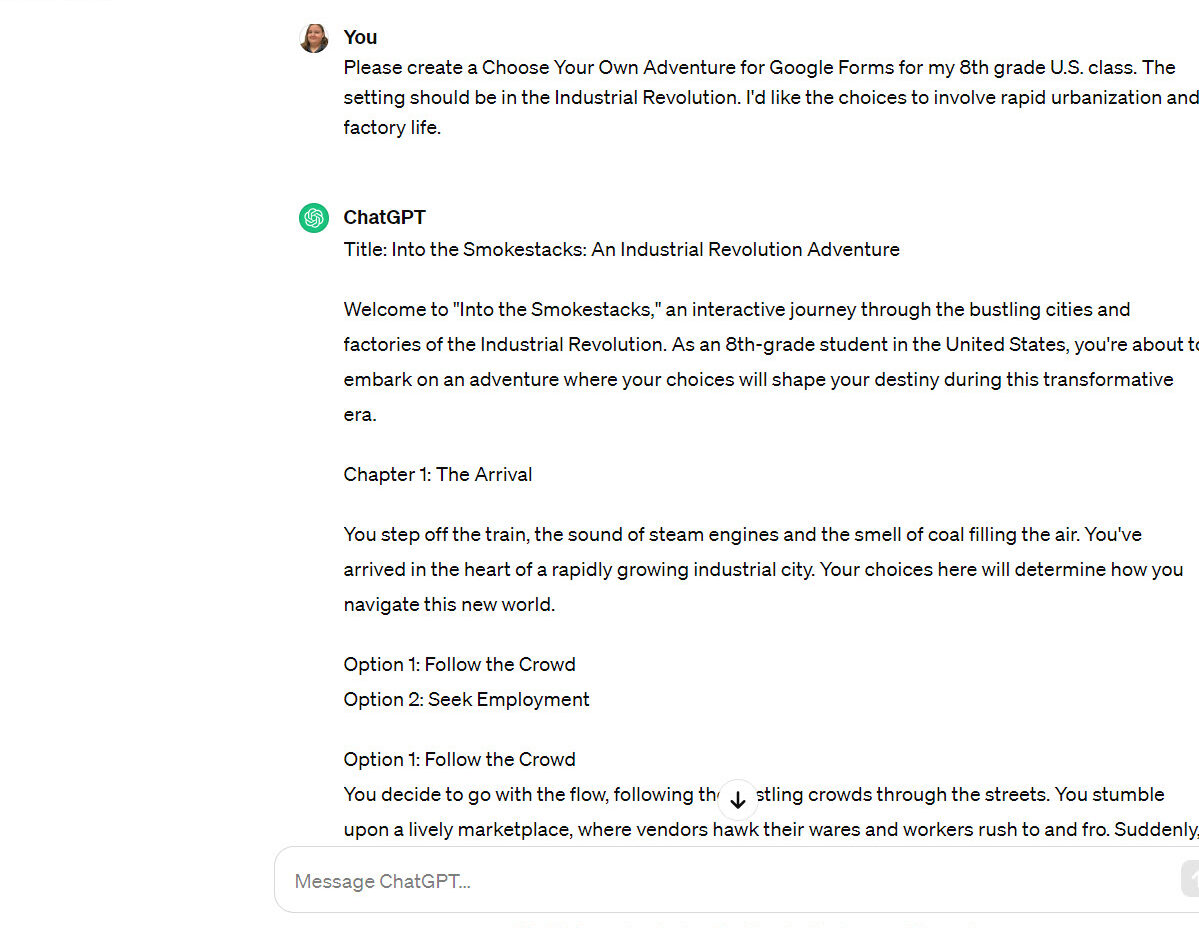
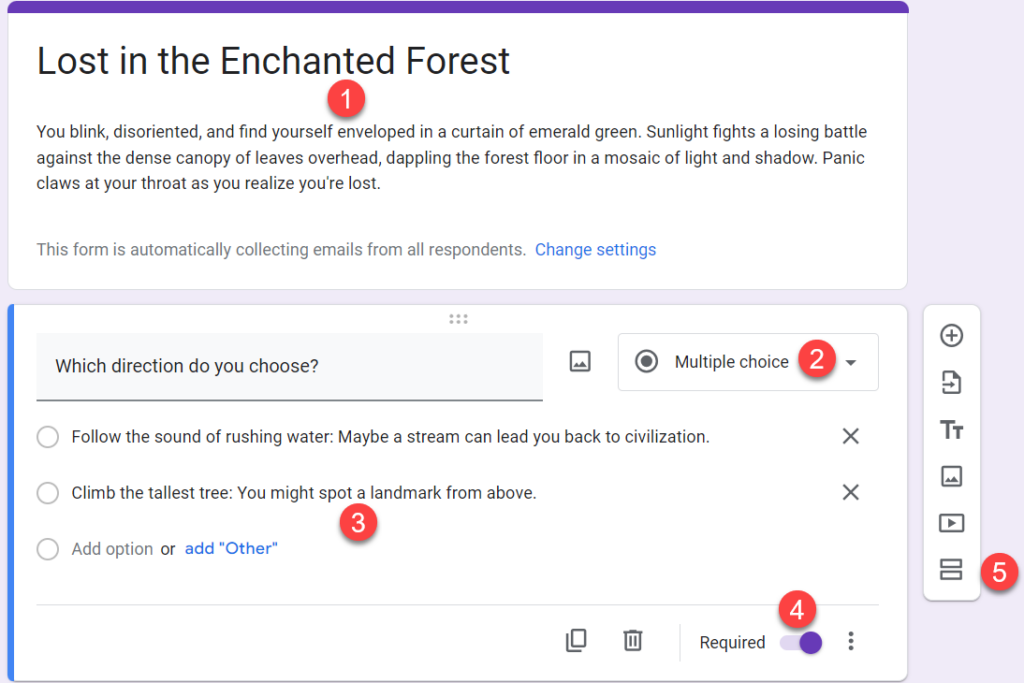
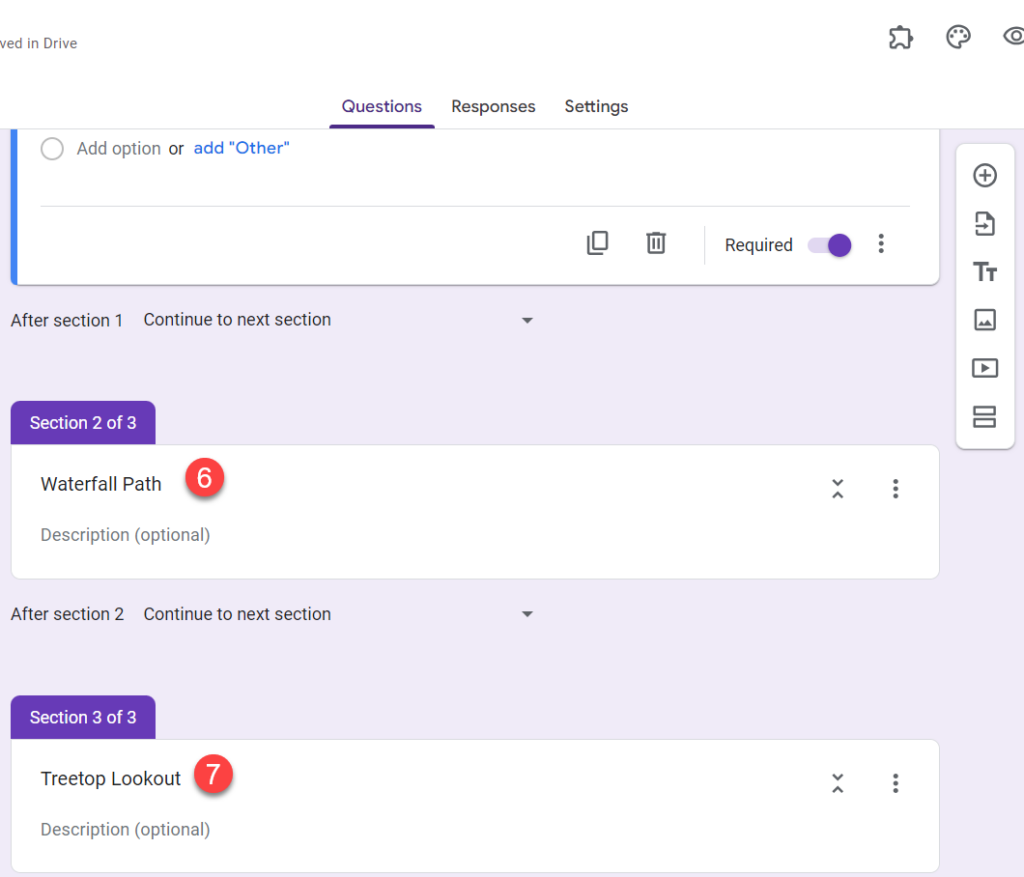
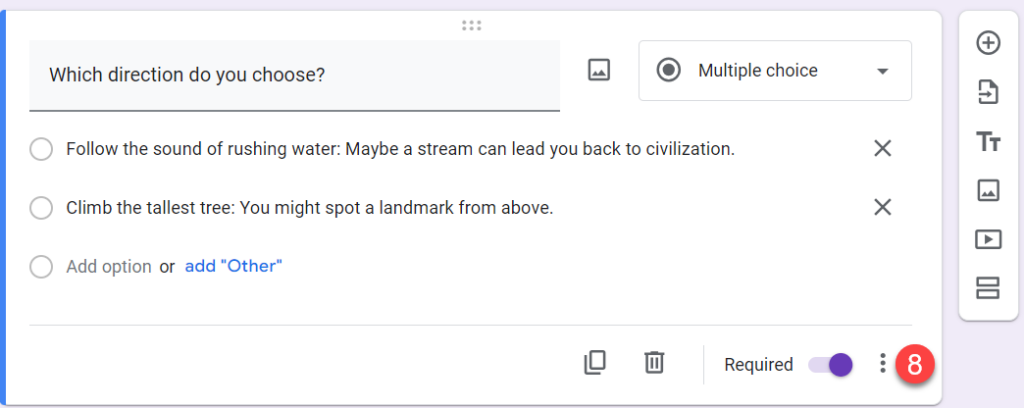
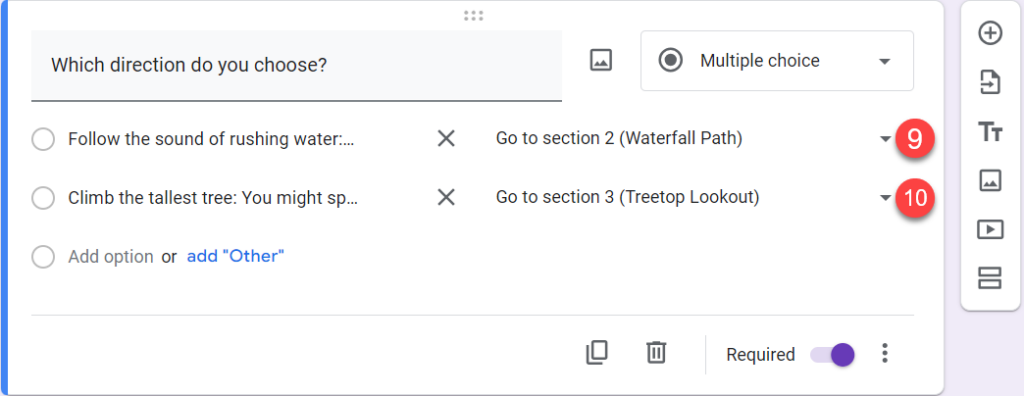
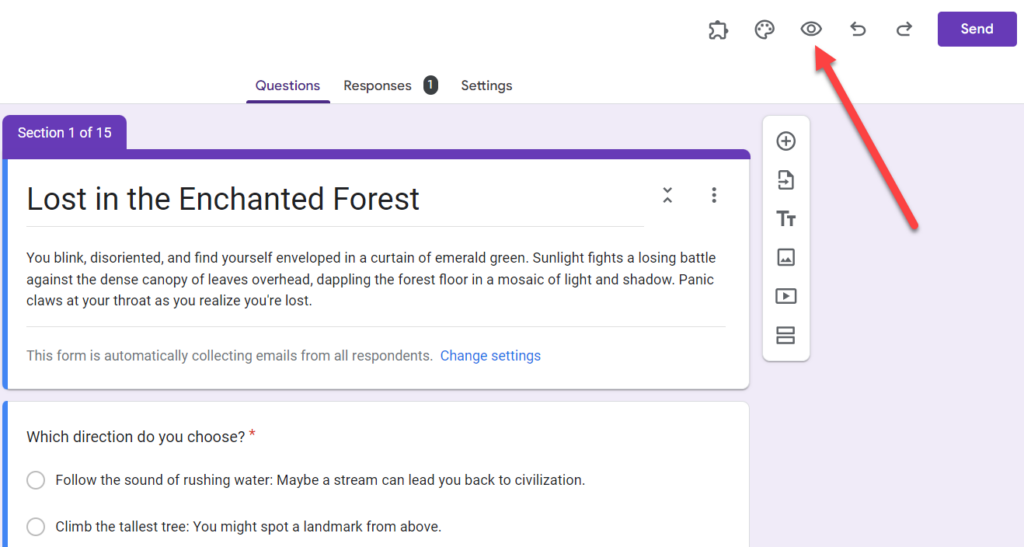
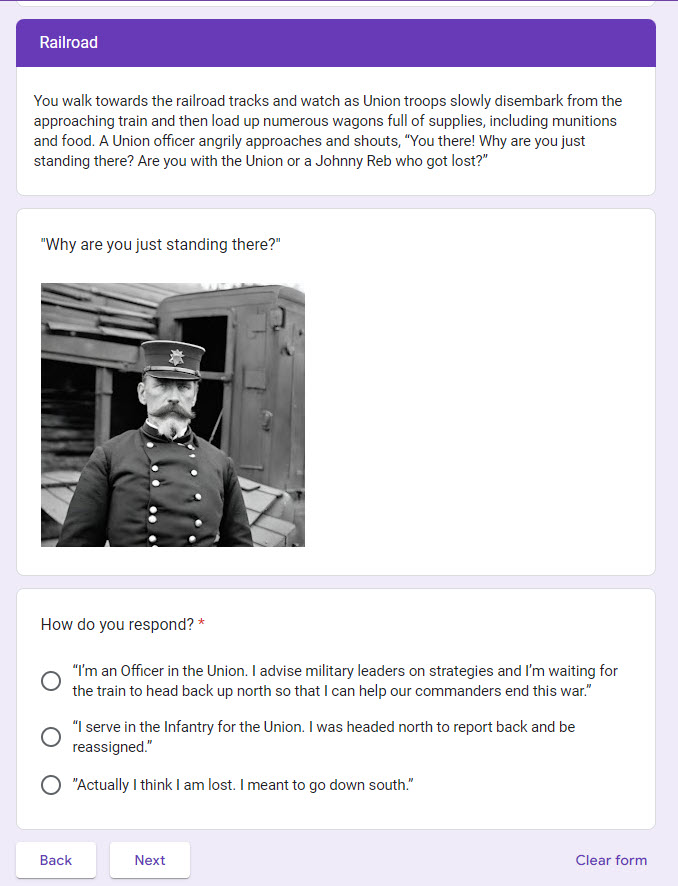
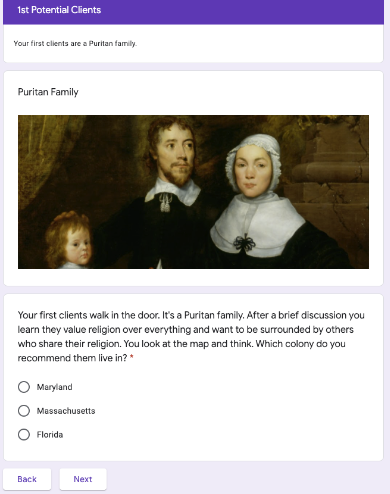
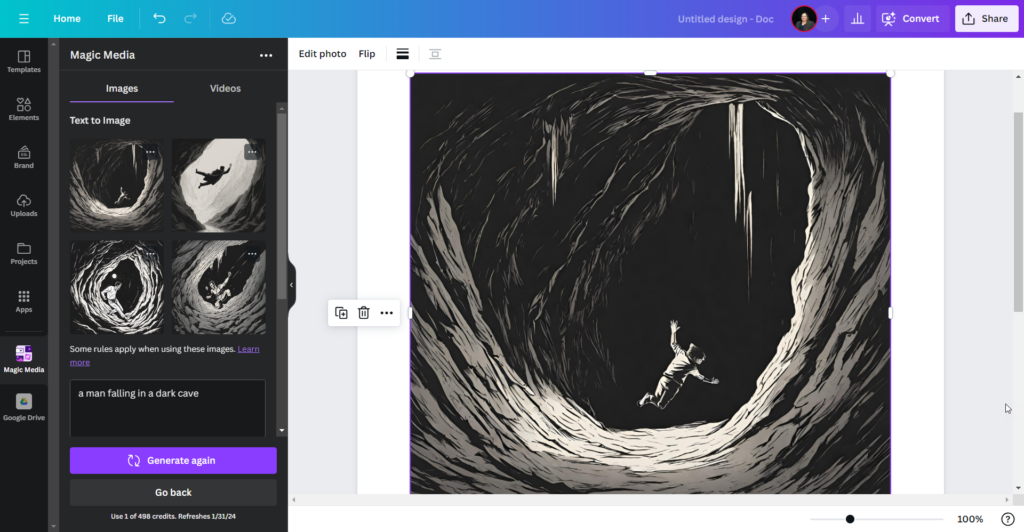
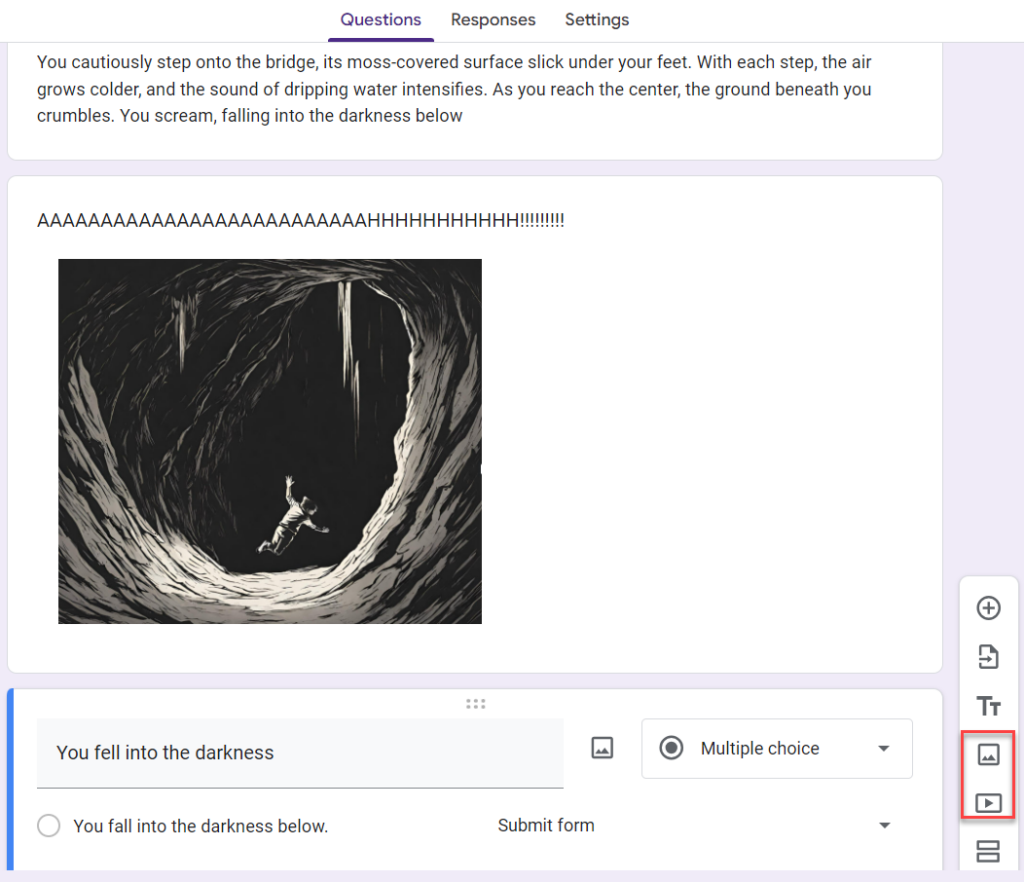
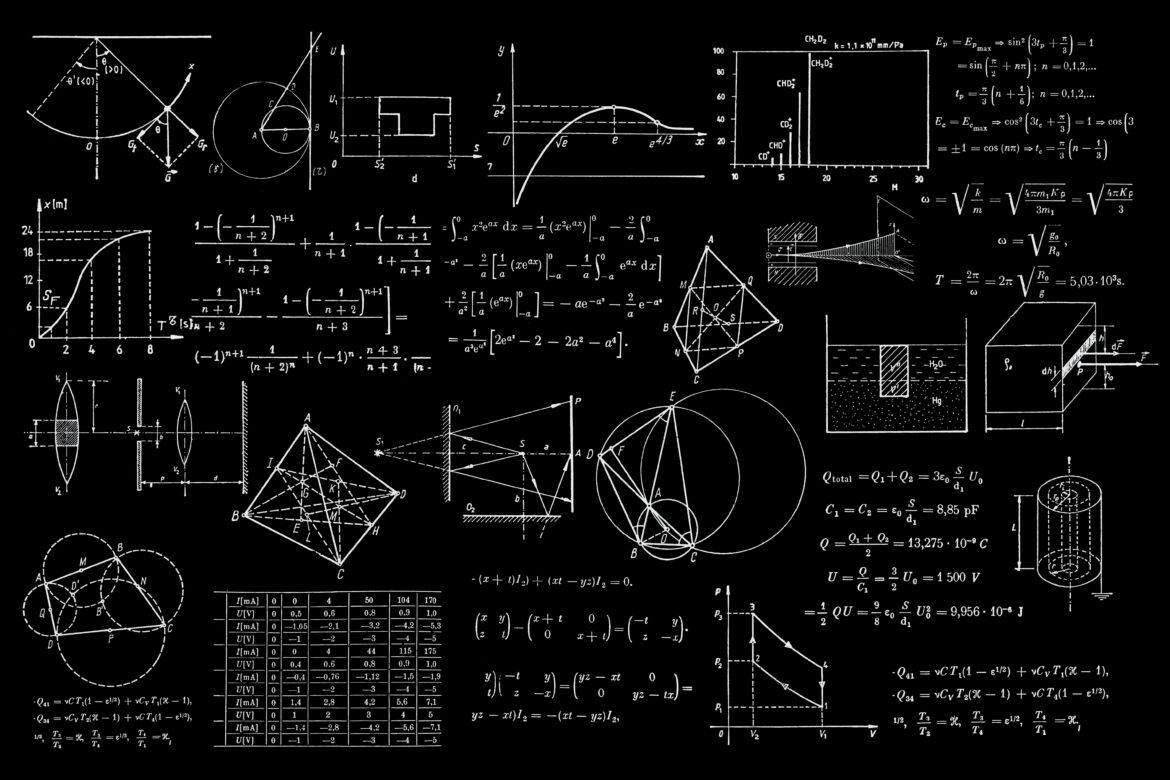

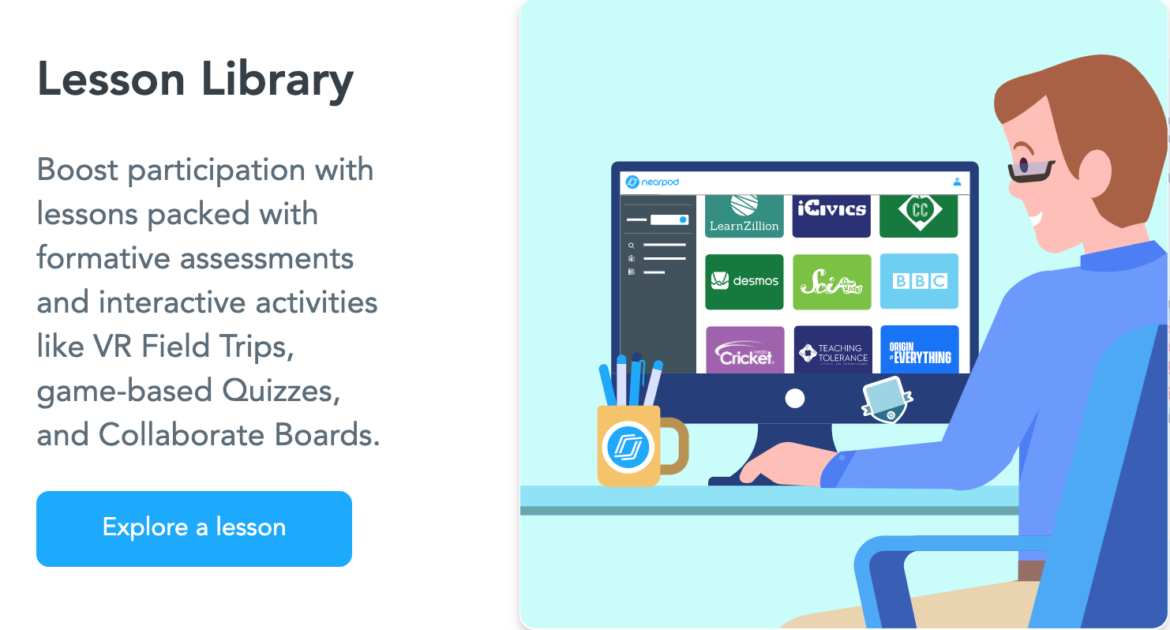


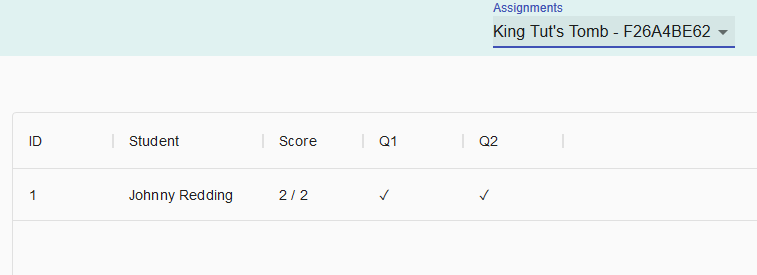
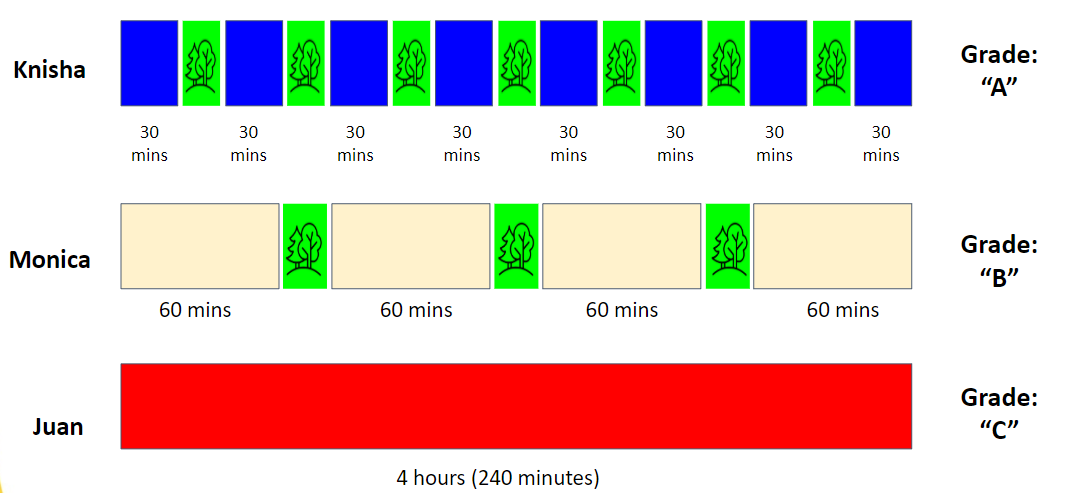
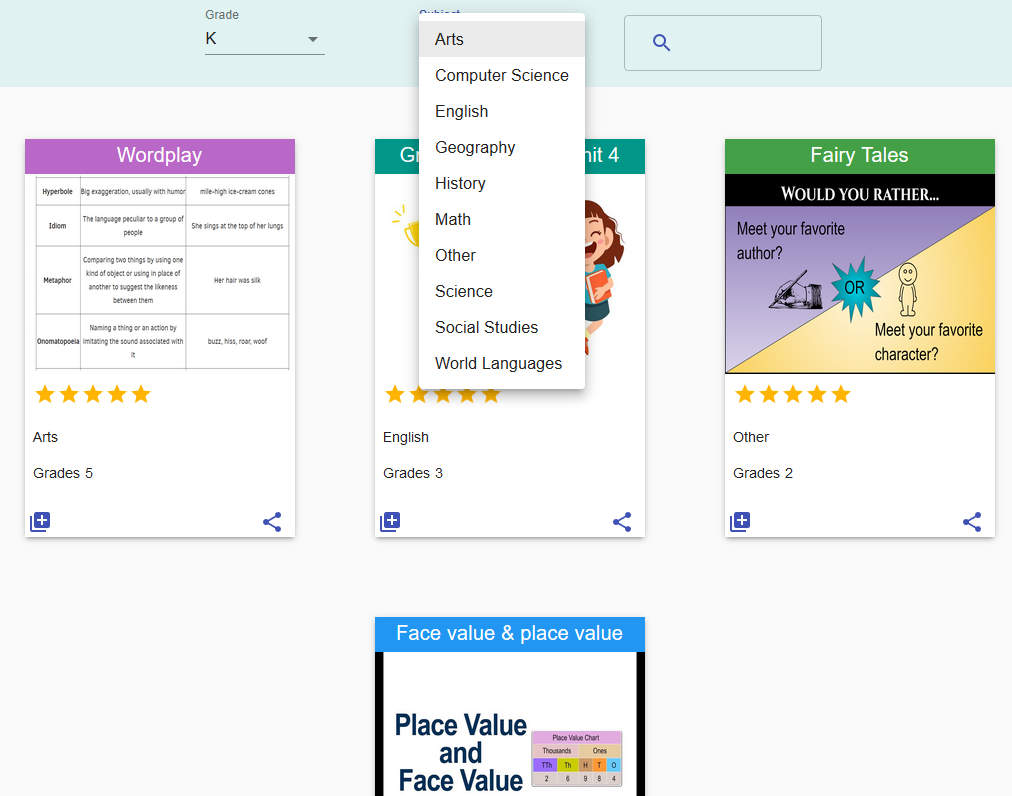
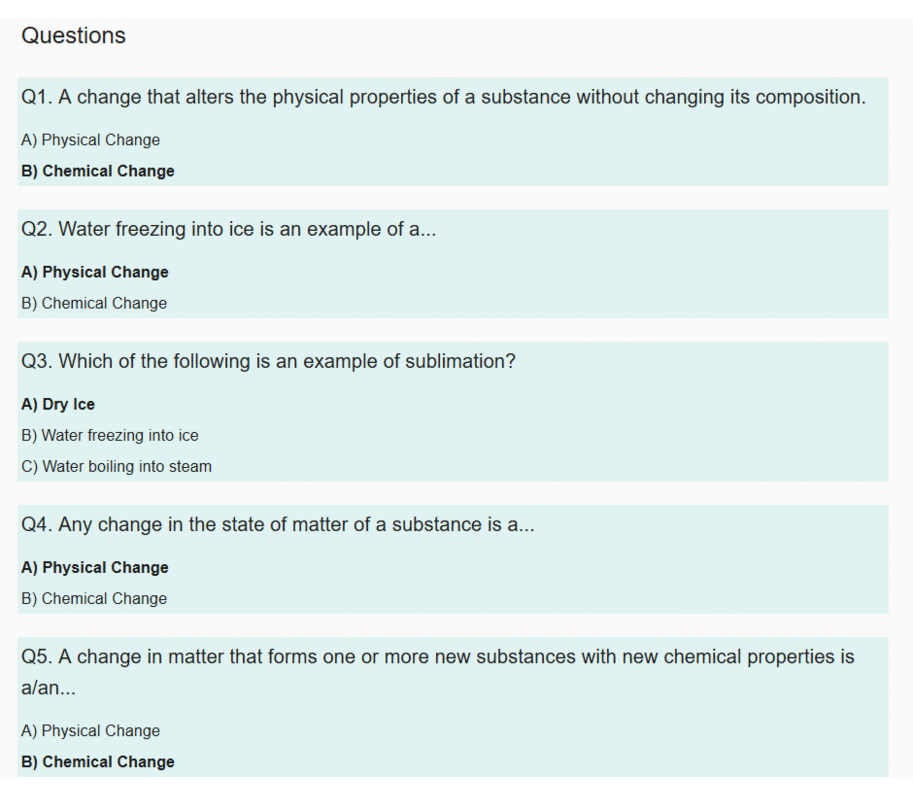
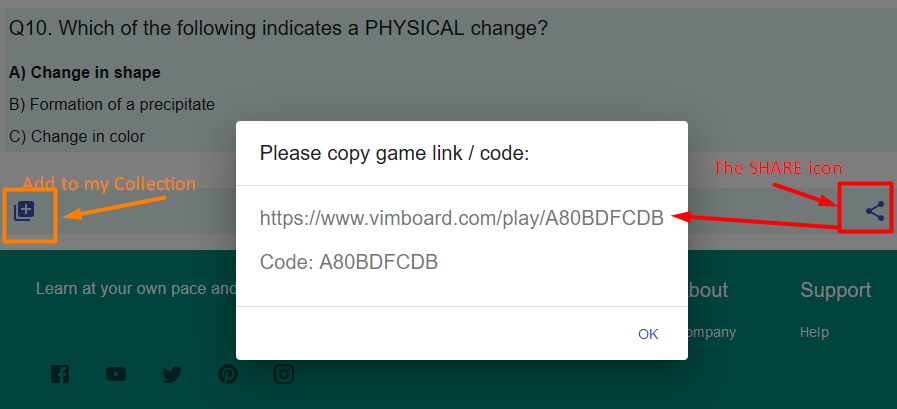
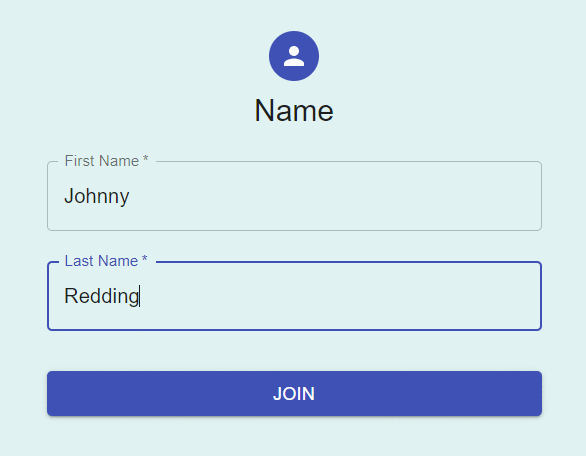
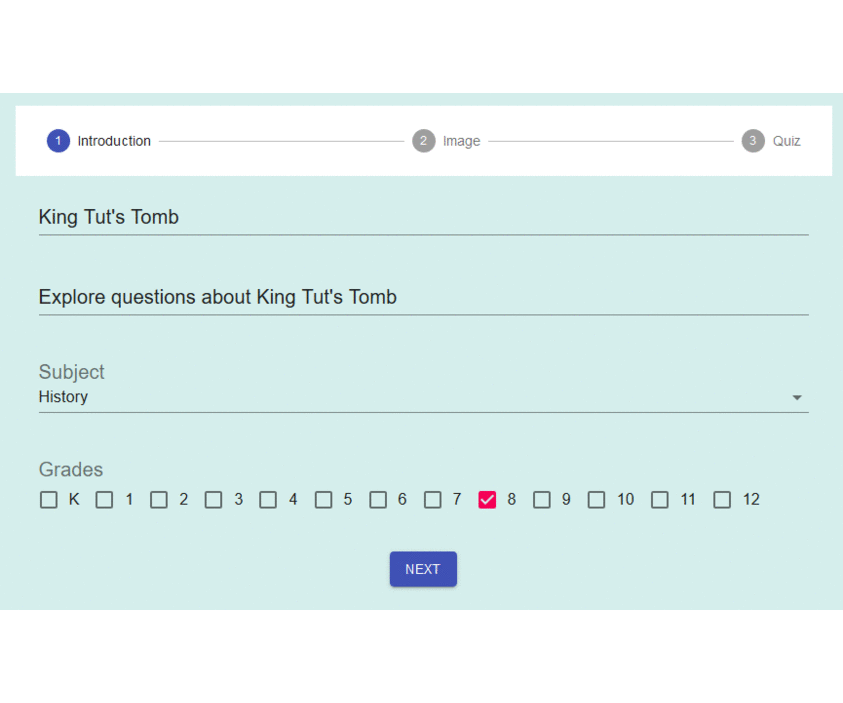

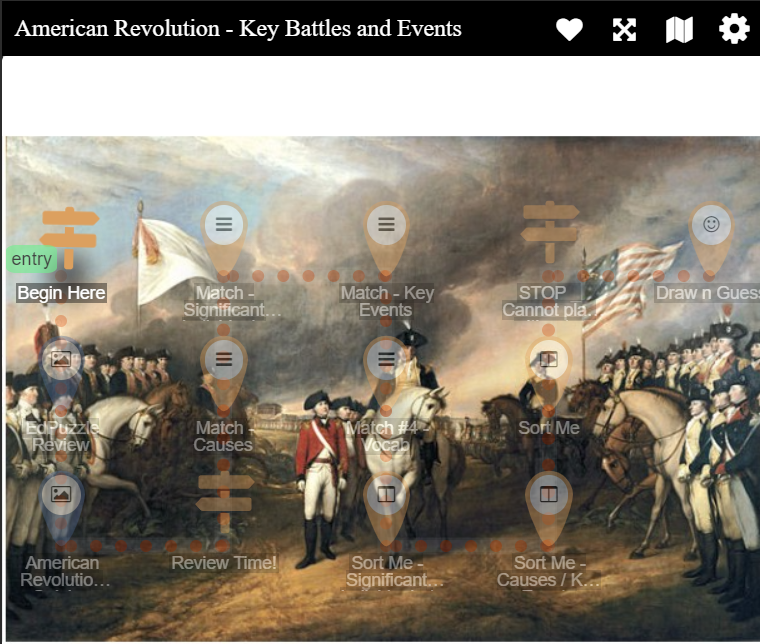
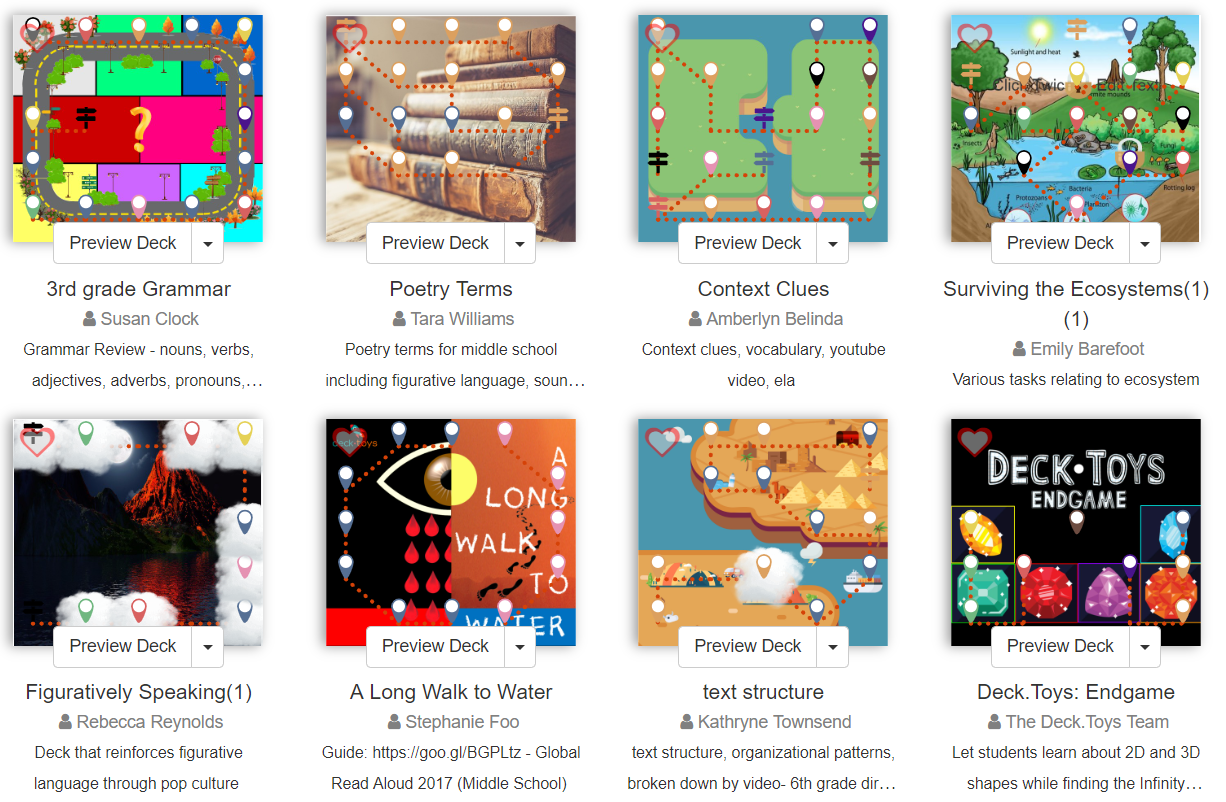


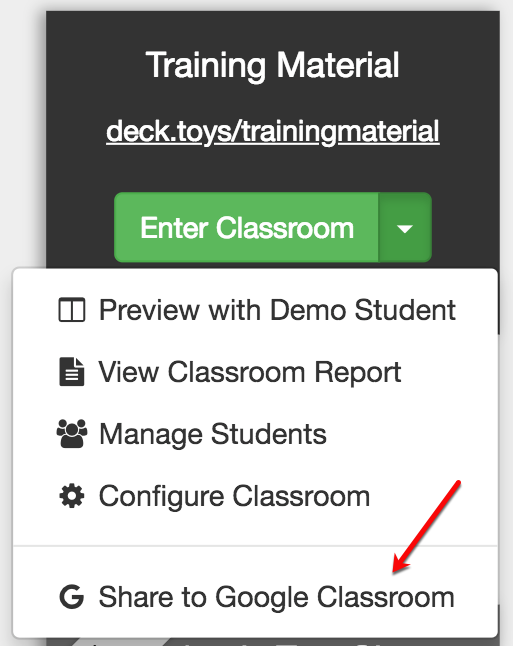
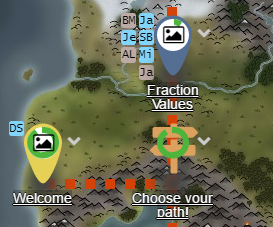
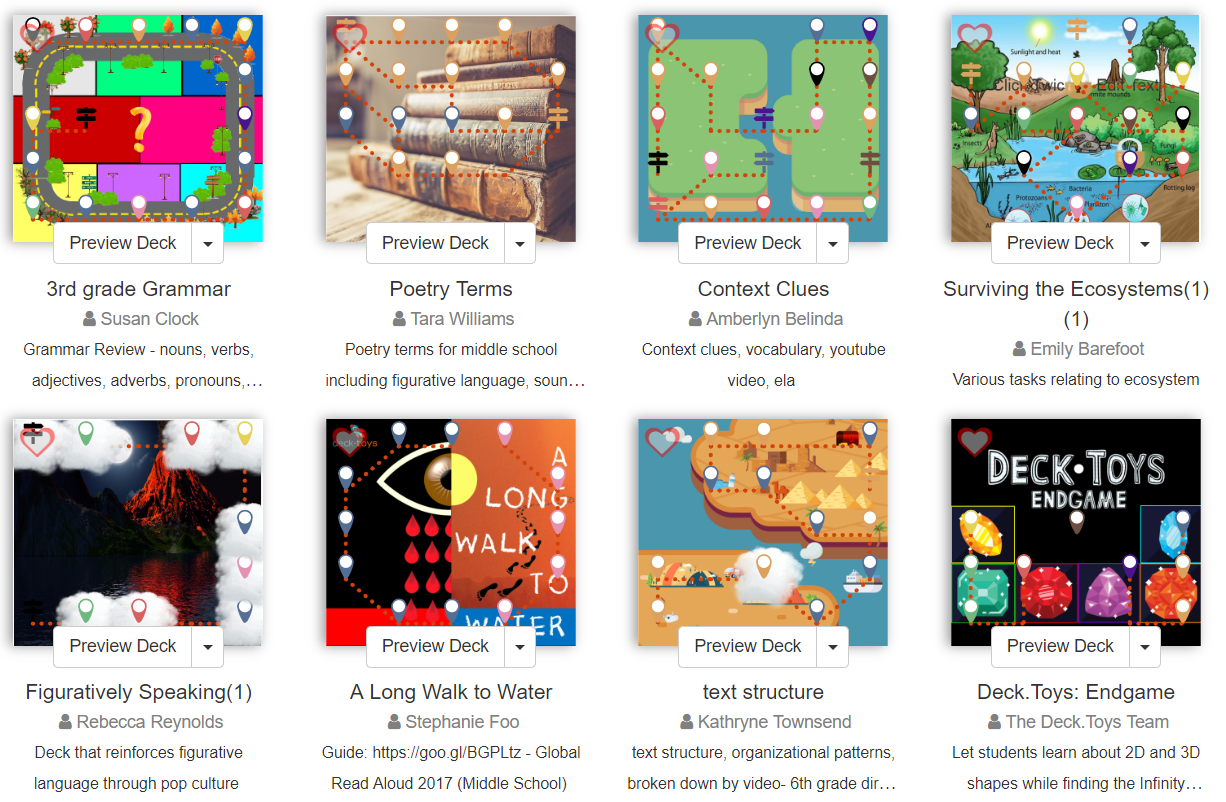
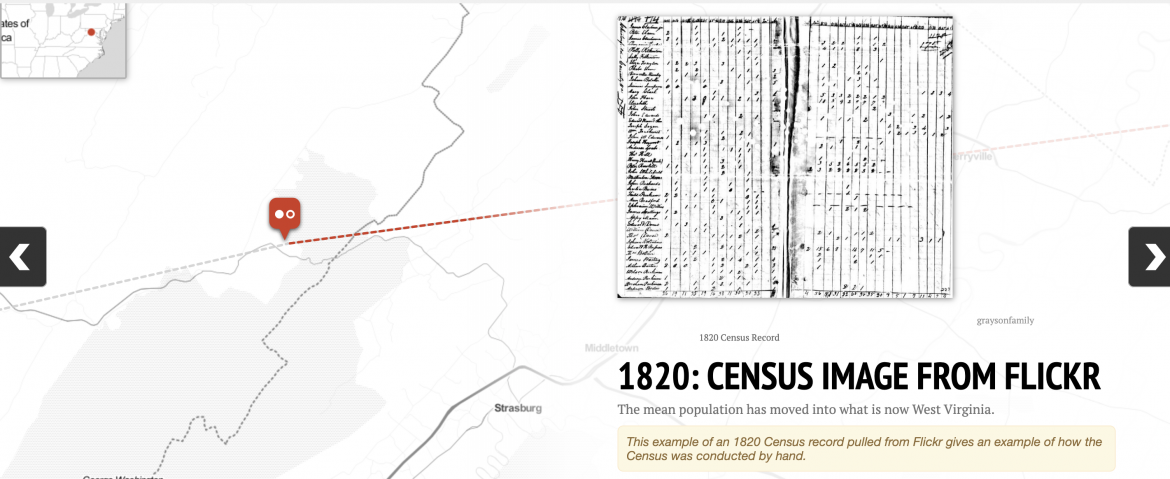
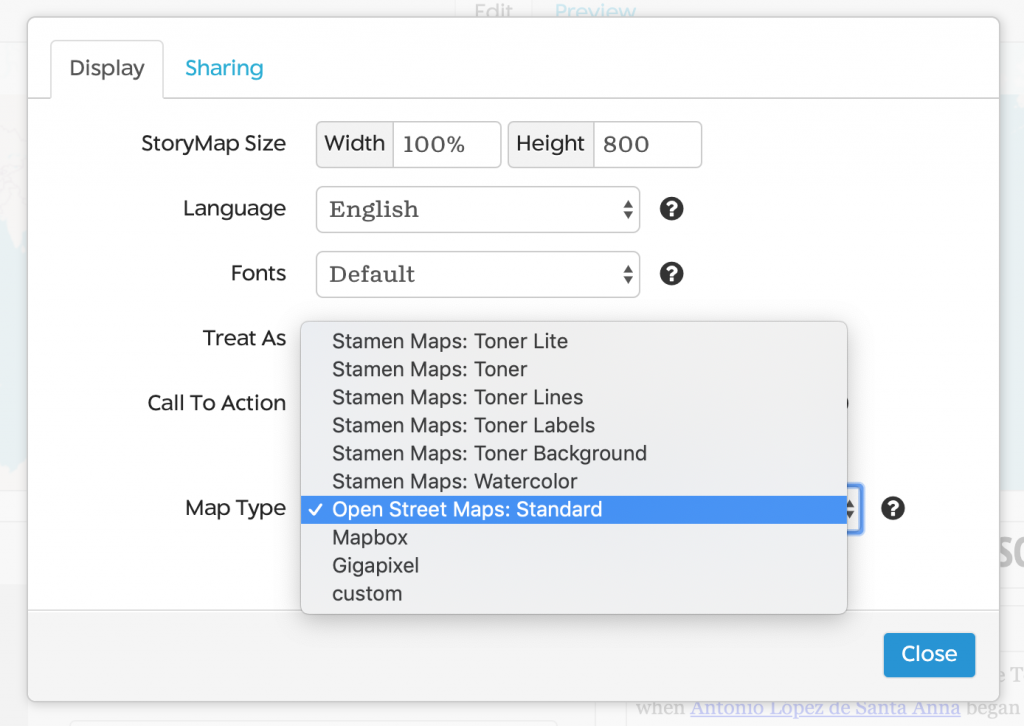
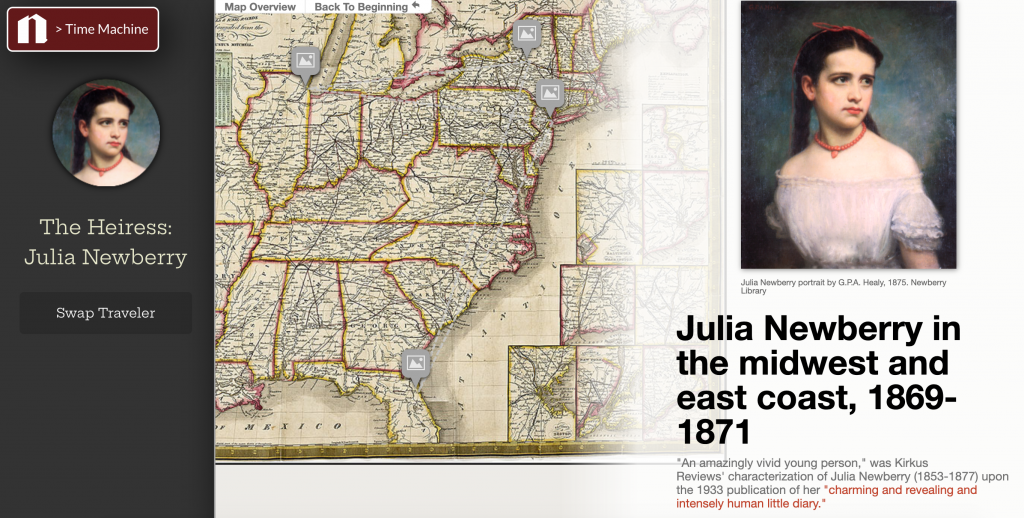



 that you should check out. It is a “classroom engagement platform” that brings gamification to learning easily via interactive lessons. The lessons can be accessed from any device, although they are easiest for the teacher to create using a laptop or desktop computer.
that you should check out. It is a “classroom engagement platform” that brings gamification to learning easily via interactive lessons. The lessons can be accessed from any device, although they are easiest for the teacher to create using a laptop or desktop computer.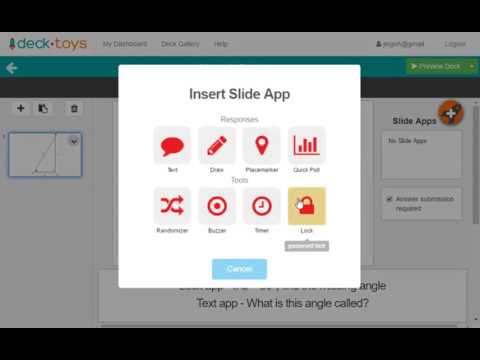
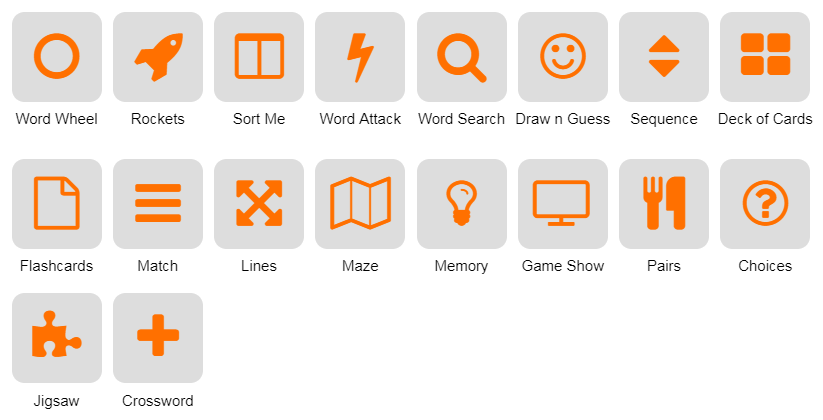
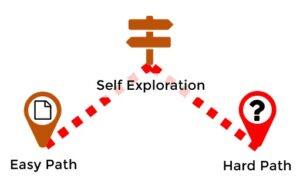 explore and choose their own paths and activities to complete. Students may gain mastery on the Study Sets by repetitive review and self-practice. When they are ready, they can collaborate or challenge another classmate in real-time.
explore and choose their own paths and activities to complete. Students may gain mastery on the Study Sets by repetitive review and self-practice. When they are ready, they can collaborate or challenge another classmate in real-time.